July in the Kitchen Garden in Andalucia Squashes and Courgettes
By Nick Nutter | Updated 5 Mar 2022 | Andalucia | Gardening |
Login to add to YOUR Favourites or Read Later
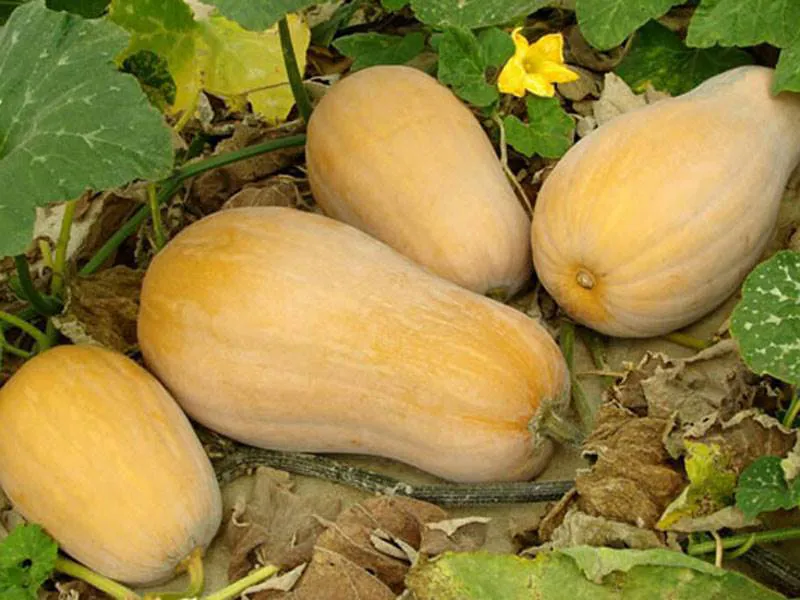
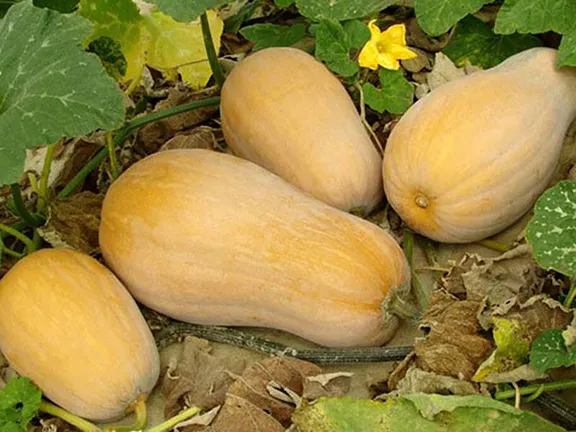
Butternut Squash
I took out my broccoli plants this month. One of them had a house guest, a Praying Mantis. He, or she, was a bit disgruntled at being evicted, standing on the hard ground with a ‘now what are you going to do about it’ expression. At least that’s how I interpreted the antennae waving. So I moved it to my lime tree whilst it sorted itself out. Mantis are good for the gardener. They eat aphids, crickets, locusts and caterpillars and are absolutely harmless to humans, they do not bite or sting. Alien looking little rascals though.
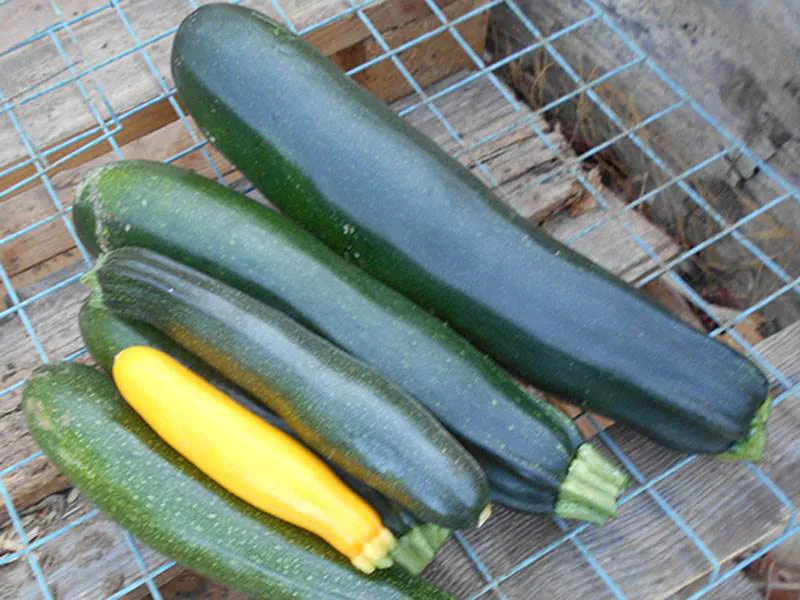
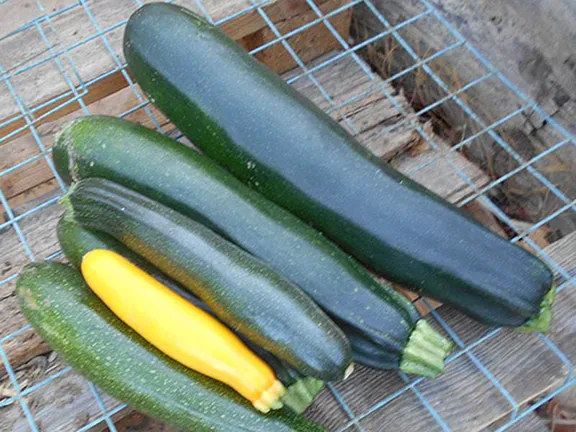
Courgettes
I have been asked how I manage to keep my courgettes and squash going for so long here in Spain.
Squashes, pumpkins, marrows, courgettes and cucumber are all the same plant family.
It boils down to trial and error. The problem on the Costa del Sol is that it is far hotter and dryer than in the UK. The seeds I use are from the UK, only because there is a greater choice of variety. As a result in the UK, a typical courgette for instance is nurtured in a greenhouse whilst it germinates and then grown in a pot. It will typically be ‘pinched out’ to encourage bushy growth. It may achieve a height of 1 metre and total spread of 2 metres. The greatest threat is probably mildew caused by the leaves becoming wet when it rains and then catching a fungal infection. In ideal conditions the plant will be a verdant bush producing courgettes for 3 months.
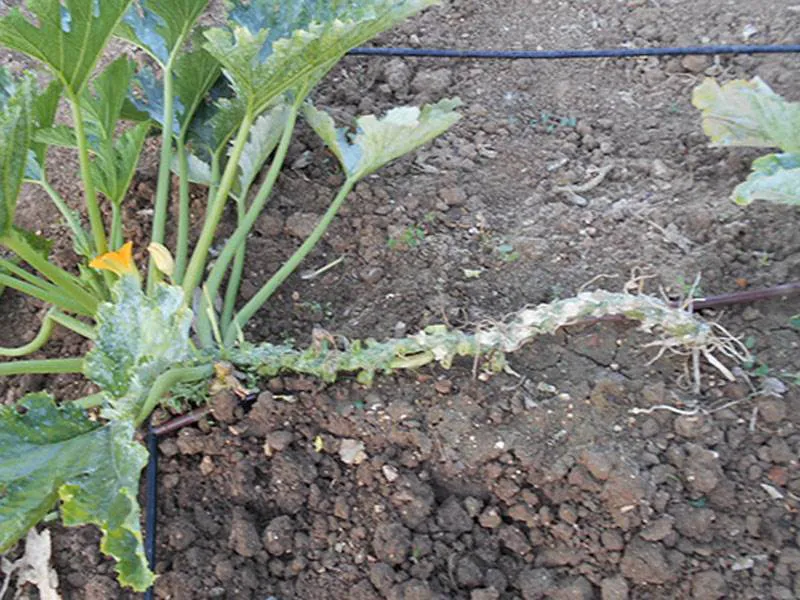
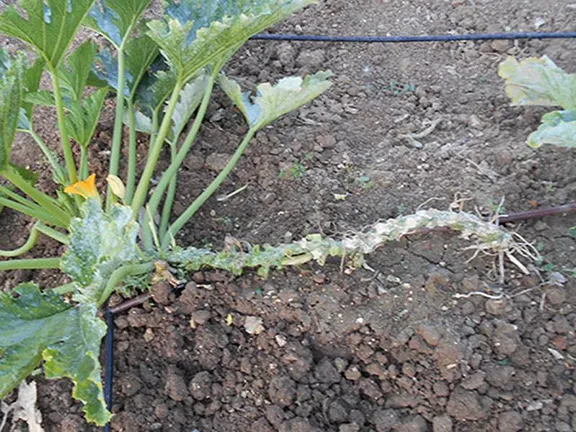
A leggy Courgette
Here it is totally different. Seeds are planted directly in the ground at the beginning of April. All watering, and all the squashes need less water than you might expect, is from beneath so the leaves rarely get wet. I do not pinch out. Squash and courgettes are then treated slightly differently.
The first courgettes will be ready for picking late June, early July. As soon as the first courgettes are picked you will see the lower leaves on the stems turning yellow and then brown. Cut them off. If by any chance it does rain and you see grey mildew on the leaves, then cut them off as well. Eventually, by August, the stems will be bare for most of their 2 metre length with a tuft of green leaves and courgettes at the growing tip. Just let the plants continue growing, they may get to 4 or 5 metres and produce courgettes until November.
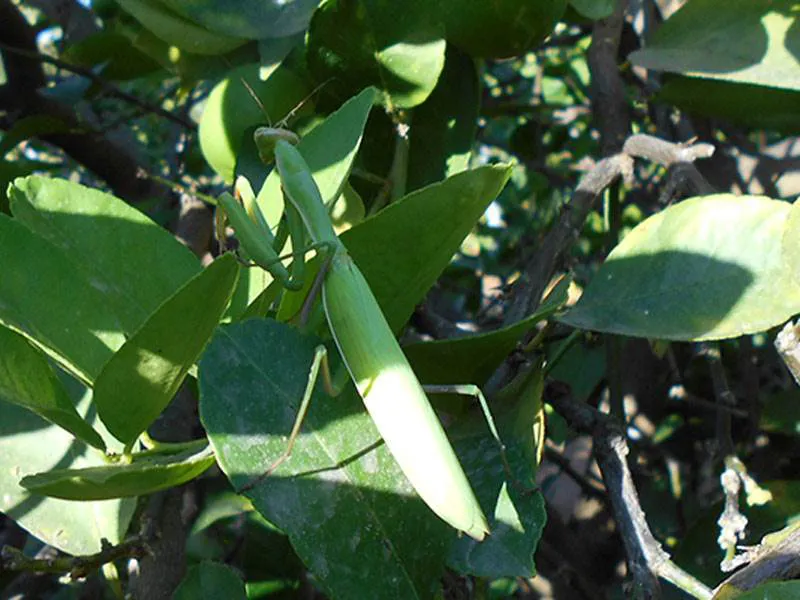
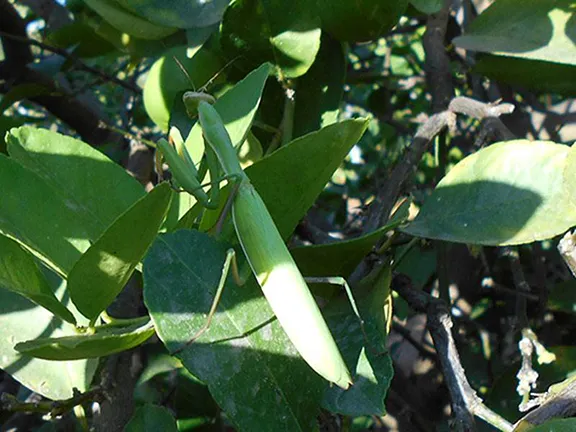
Praying Mantis
I treat squashes a little differently. I let the squashes mature on the plant. By that time, early August, most of the leaves will be dying. Take off all the squashes and all the dead leaves. As with the courgettes you will end up with long bare stems with a tuft of new leaves at the growing tips. Then leave them alone. By mid to late August they will have flowered and set more squash, not as many as the first time round but not bad either.
Just a word of advice. If you have tender skin wear a long sleeved shirt and gloves when tidying the squashes, courgettes and marrows. The leaves and stems have irritating little hairs that can cause a rash.